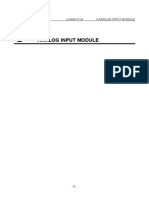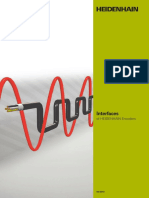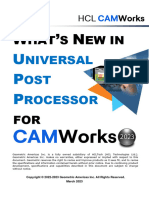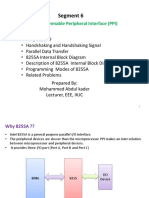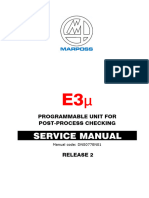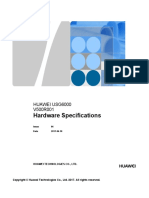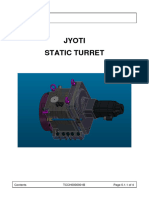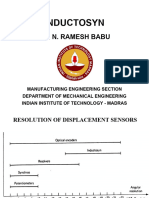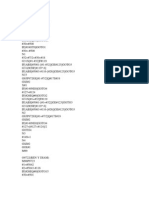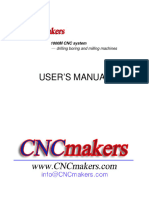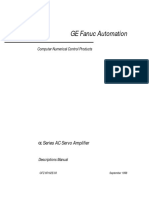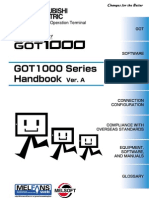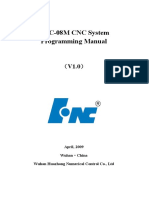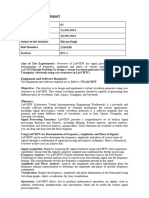0% found this document useful (0 votes)
129 views5 pagesExp - 5a Function Generator
The document outlines an experiment to generate basic waveforms—Sine, Square, Triangular, and Sawtooth—using LabVIEW's Basic Function Generator.vi. It describes the theory behind the function generator, the parameters used, and the step-by-step procedure to create and visualize these waveforms. The experiment successfully demonstrates the generation of these waveforms by adjusting frequency, amplitude, and phase values.
Uploaded by
swarnakunche6Copyright
© © All Rights Reserved
We take content rights seriously. If you suspect this is your content, claim it here.
Available Formats
Download as PDF, TXT or read online on Scribd
0% found this document useful (0 votes)
129 views5 pagesExp - 5a Function Generator
The document outlines an experiment to generate basic waveforms—Sine, Square, Triangular, and Sawtooth—using LabVIEW's Basic Function Generator.vi. It describes the theory behind the function generator, the parameters used, and the step-by-step procedure to create and visualize these waveforms. The experiment successfully demonstrates the generation of these waveforms by adjusting frequency, amplitude, and phase values.
Uploaded by
swarnakunche6Copyright
© © All Rights Reserved
We take content rights seriously. If you suspect this is your content, claim it here.
Available Formats
Download as PDF, TXT or read online on Scribd
/ 5


